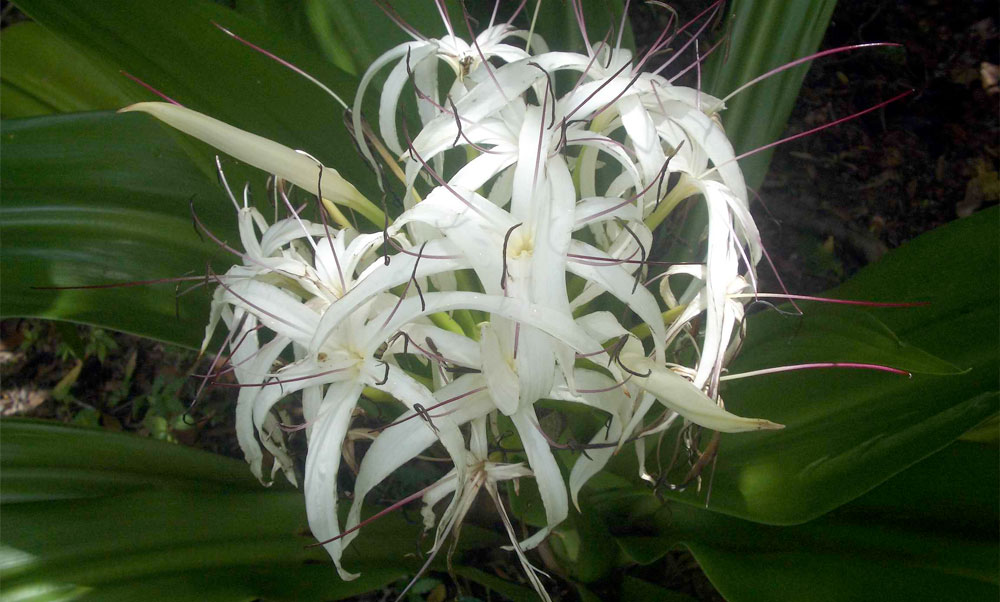There’s something magical about hearing the soft croak of frogs at night — a sign your garden is alive and thriving. Frogs are an important part of Australia’s backyard ecosystem. They help control insects, cycle nutrients and show that your garden is healthy. But many native frog species are in decline due to habitat loss, chemicals and changes to waterways. With a few simple steps, you can help bring them back.
1. Build a shallow pond or boggy area
Why it works: A small pond with shallow edges gives frogs a place to breed, hide and hunt for insects. Unlike fish ponds, frog ponds don’t need to be deep. A gentle slope with rocks and logs lets frogs get in and out easily. Surrounding the pond with dense native plants provides shelter and keeps water cool.
2. Plant thick, layered vegetation
Why it works: Frogs love cool, damp hiding spots where they feel protected from predators. Planting grasses, sedges and low native shrubs around your pond or damp areas helps create the cover they need. Mix dense clumps with open spaces so frogs can move around safely at night.
3. Include native water plants
Why it works: Native water plants like swamp lilies (Crinum pedunculatum), knobby club-sedge (Ficinia nodosa) and nardoo (Marsilea mutica) help filter the water, provide perches for tadpoles and give frogs places to hide from birds and cats. They also add beauty and help keep algae under control.
4. Avoid chemicals and keep it natural
Why it works: Frogs have sensitive, permeable skin that absorbs toxins easily. Using chemical fertilisers, pesticides or herbicides in the garden can harm them. Instead, build healthy soil with compost and mulch and use natural methods to manage pests. A healthy, balanced garden supports the insects frogs love to eat.
5. Add rocks, logs and leaf litter
Why it works: Frogs need hiding places during the day and safe spots to shelter in dry weather. A few scattered rocks, logs and piles of damp leaf litter create the perfect mini habitat for resting and hunting. Just make sure logs and rocks are partly buried or nestled among plants so they stay cool and moist underneath.
Creating a frog-friendly garden doesn’t have to be complicated. Even a small water feature surrounded by dense native plants can make a big difference. In time, you might find your backyard alive with croaks, chirps and tiny tadpoles — a sign that nature feels welcome and your patch is truly wild.
FrogID — Building a frog pond: frogid.net.au
Sustainable Gardening Australia: sgaonline.org.au
